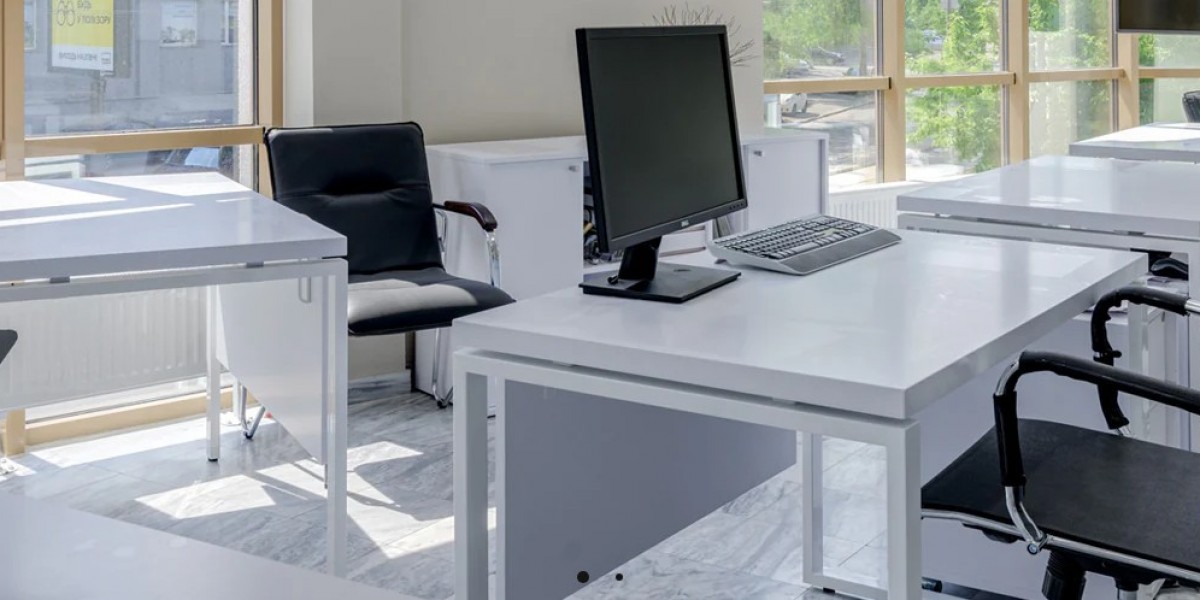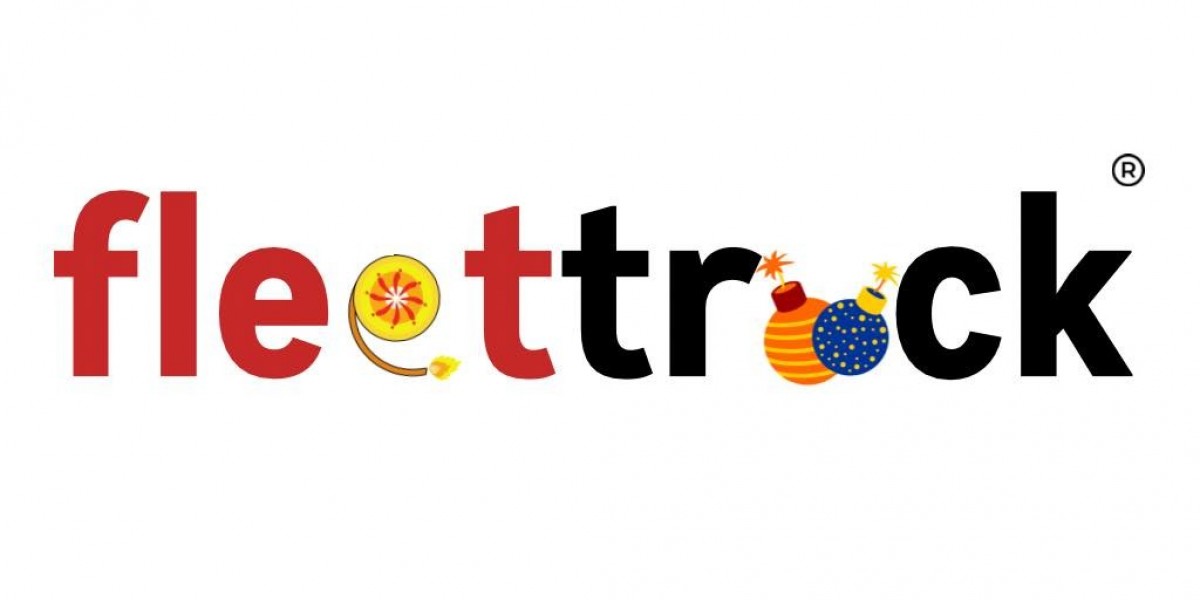As the workplace evolves into a hybrid model, where employees split their time between working remotely and on-site, creating an environment that fosters seamless collaboration is crucial. The right office furniture solutions can bridge the gap between remote and on-site teams, enhancing communication, teamwork, and productivity. Here are key office furniture ideas to support effective collaboration in a hybrid work environment:
1. Video Conferencing-Friendly Furniture
- Height-Adjustable Desks: These desks allow employees to adjust their workstations to the optimal height for video conferencing, ensuring they are comfortable and well-framed during virtual meetings. Height-adjustable desks can also help reduce physical strain during long calls.
- Integrated Technology Tables: Conference tables equipped with built-in power outlets, USB ports, and video conferencing equipment make it easy to connect devices and conduct virtual meetings. These tables can also feature cable management systems to keep the workspace tidy and professional.
2. Collaborative Workstations
- Modular Desking Systems: Modular desks can be easily reconfigured to accommodate different team sizes and work styles. These systems are ideal for hybrid work environments, where the number of on-site employees may vary daily. Teams can quickly rearrange the desks to create collaboration zones or private workspaces as needed.
- Team Huddle Spaces: These are small, semi-enclosed areas furnished with comfortable seating and collaborative tools like whiteboards and display screens. Huddle spaces are perfect for quick in-person meetings and can also be equipped with video conferencing tools to include remote team members.
3. Multi-Purpose Meeting Rooms
- Convertible Furniture: Meeting rooms with convertible furniture, such as foldable tables and stackable chairs, can be quickly adapted for different purposes, from large team meetings to small breakout sessions. This flexibility is essential for hybrid teams that need versatile spaces for various types of collaboration.
- Acoustic Pods: These soundproof pods are ideal for private discussions or video calls with remote colleagues. They provide a quiet, distraction-free environment, ensuring that communication is clear and uninterrupted.
4. Hot Desking Solutions
- Mobile Workstations: In a hybrid workplace, not all employees need a dedicated desk. Mobile workstations, which include rolling desks and portable storage units, allow employees to set up their workspace wherever it's most convenient. This is especially useful for on-site workers who may need to move between different areas throughout the day.
- Touchdown Spaces: These are unassigned desks or workstations where employees can quickly set up their laptops and get to work. Touchdown spaces are ideal for hybrid workers who only come into the office occasionally and need a flexible place to work.
5. Breakout and Social Areas
- Collaborative Lounges: Furnishing lounges with comfortable seating and low tables encourages informal meetings and spontaneous collaboration. These areas are great for fostering creativity and building stronger team connections, whether employees are discussing projects or taking a break.
- Caf-Style Seating: Caf-style seating areas with high tables and bar stools create a casual environment where employees can work individually or collaborate in small groups. These spaces are often equipped with power outlets and Wi-Fi to support mobile work.
6. Technology-Integrated Furniture
- Smart Desks: Desks with built-in technology, such as wireless charging stations, touchscreens, and integrated lighting, enhance productivity and make it easier to stay connected with remote team members. Smart desks can also include features like adjustable height settings that can be controlled via a mobile app.
- Interactive Whiteboards: These digital whiteboards allow on-site and remote employees to collaborate in real-time, sharing ideas and making changes that everyone can see simultaneously. Interactive whiteboards are essential tools for hybrid meetings, brainstorming sessions, and project planning.
7. Personalization and Flexibility
- Customizable Workstations: Offering employees the ability to personalize their workstations, whether through adjustable chairs, desk accessories, or privacy screens, ensures that they are comfortable and productive whether working alone or with a team.
- Flexible Office Layouts: Designing office layouts with movable partitions, modular furniture, and multi-functional spaces allows the office to adapt to the changing needs of a hybrid workforce. This flexibility ensures that both remote and on-site employees have the tools and environments they need to collaborate effectively.
Conclusion
In a hybrid work environment, effective collaboration depends on thoughtful office furniture solutions that cater to both remote and on-site employees. By investing in flexible, technology-integrated, and multi-purpose furniture, businesses can create a workspace that supports seamless communication and teamwork, regardless of where employees are located. These solutions not only enhance productivity but also foster a more connected and collaborative company culture.






